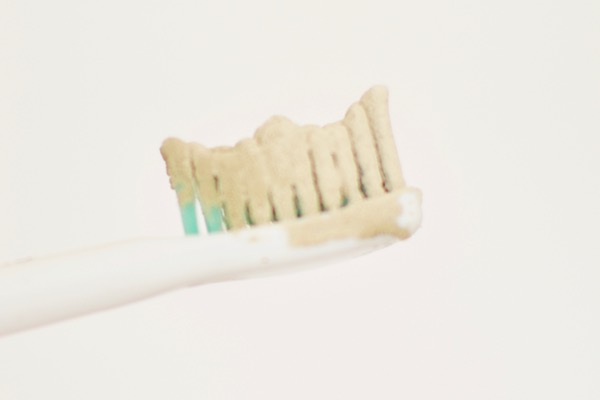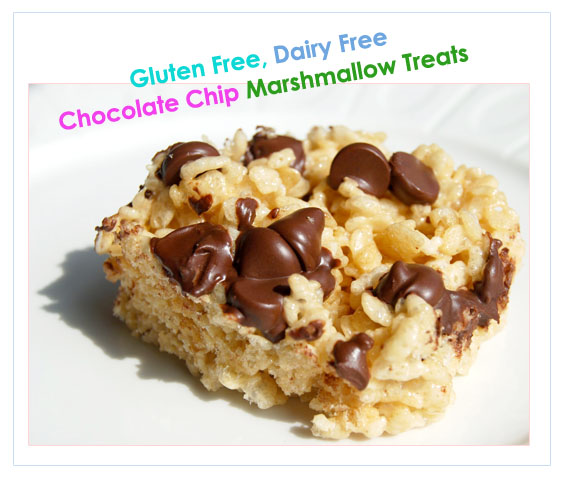Here’s shocking news about your gluten-free cereal…
For those who cannot eat gluten, there are many foods you may have to say goodbye to. Noodles, bread, tortillas, soy sauce, and BBQ sauce are all on the list of gluten-containing foods, meaning they will all cause digestive problems if you eat them. It’s often difficult to find tasty gluten-free foods, especially at a price you can afford. When you find good gluten-free foods, it’s always a delight. You can enjoy your favorite foods without having to worry about ingesting gluten.
Or do you? If recent events are any indicator, even gluten-free foods may not be safe!
General Mills (the producer of Cheerios) recently recalled more than 1.8 MILLION boxes of gluten-free cereal. More than 150,000 cases of cereal were recalled because the cereal that was supposed to be fully gluten-free actually contained wheat.
Is this the first time something like this has happened? Sadly, it’s not. In 2015, the FDA investigated a number of complaints associated with General Mills’ products, specifically Cheerios that were labeled gluten-free. Of the 36 samples tested by the FDA, thankfully only ONE of the Honey Nut Cheerios samples contained more gluten than was permitted–43 ppm instead of 20 ppm. Not too bad, right?
Well, for someone with celiac disease or non-celiac gluten sensitivity, even a few parts-per-million more can be too much. A very small dosage of gluten is to be expected in certain foods, but the FDA’s 20 parts per million limit ensures that there is little enough as to avoid causing problems among celiac sufferers. However, if the gluten content of food rises above the minimum, it may cause SERIOUS negative reactions. Even a small amount of gluten can be dangerous for celiac sufferers.
READ MORE: Hummus Beer: It’s Gluten-Free and Holy
These recent events should be a warning to all gluten-free eaters! Just because a product is labeled gluten free, that doesn’t mean that it is. Instead of trusting blindly that the product is safe because a label was slapped on it, you should be listening to your body for any signs of problem. If there is any indication that a product isn’t as safe as it claims to be, you need to stop eating it or face serious health consequences.
Of course, this is often easier said than done. Celiac sufferers often have to make a lot of drastic changes to their diet and eating habits, as gluten is found in SO MANY of our modern foods. Gluten-free products can make a gluten-free diet a bit more enjoyable, allowing celiac sufferers to eat bread, noodles, crackers, and other foods traditionally made with gluten. They can be a sort of “normalcy” to an otherwise abnormal life.
But it’s still surprisingly easy to encounter gluten in your food, even in places where you least expect it. Gluten is used in soups, stocks, sauces, and condiments, and you may not find a label on all of the foods to warn you that they contain gluten. In fact, many foods contain such small traces of gluten-containing ingredients that they aren’t even listed on the label. For a normal person, this is nothing to worry about. For a celiac sufferer, this can be a dangerous game!
It’s important to find out which foods have gluten and take steps to avoid those foods–ALL of them. If you are going to buy gluten-free alternatives, make sure to listen to your body. At the first sign of stomach upset or digestive problems, cut those foods from your diet completely. It’s the only way you can be safe from gluten problems.









